When it comes to accommodating the dynamics of the human form, it is critical that the tools and structures around us have a resilient capacity to flex, yield, and flow. This has long been the domain of specialized materials: from spongy cushions and fabrics that afford sitting, to rubber grips that flex in the hand. However, explorations in the furniture industry in the early 2000’s moved from flexing materials to flexing structures. Specific, repeated, mathematical patterns engineered into the form itself, paired with materials possessing unique bendable properties, allow these structures a degree of movement beyond just a simple rigid geometry. Every category of product that engages with the body has seen some variation of this theme, from furniture to eyewear to footwear. There is even movement into products that have to relate to the chaos of the broader world: car and bike tires without air-filled tubes, whose calculated flexing frames distort to accommodate varied terrain, or webcams that bend to fit various monitor sizes. Whatever the category, this functional solution has a very prominent aesthetic impact. This kind of dynamic performance requires a unique geometry, and designers are choosing to showcase that structure as a major focus of the overall design gesture. A few points to consider: selecting the proper material is critical, as some materials would prefer to snap rather than flex no matter how they are sculpted. Also: as much as a certain flexing pattern might look compelling, only robust prototyping and testing will determine exactly what the right structural shape should be. But as you can see, repeating geometric structures seem to be a good place to start…




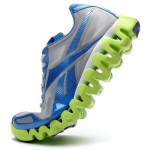


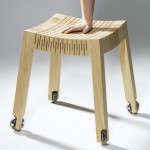

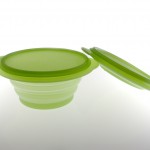
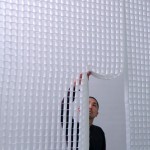


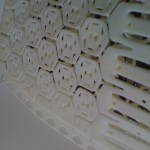

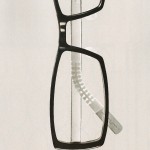

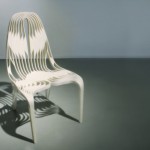
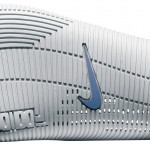


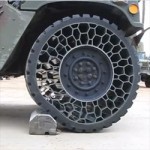

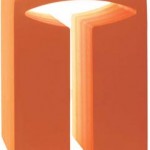
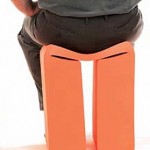
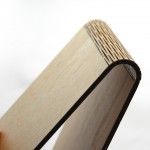
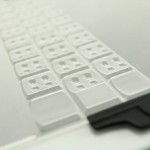
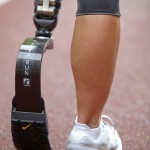
I LOVE THIS SITE!!!
So much inspiration here, this flexible structure trend is something very close to what I’m working on right now. Keep them coming please.
Thanks Garrett,
We will keep them coming every week. Looking forward to seeing your Flexible Structure when it comes out!
-AWOL Trends